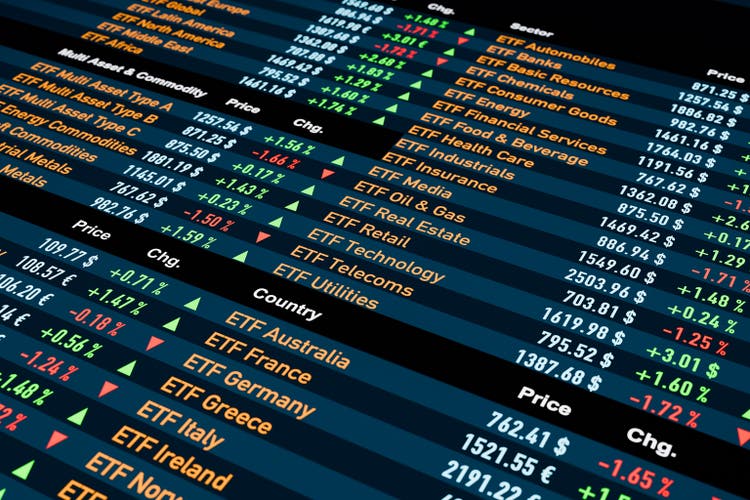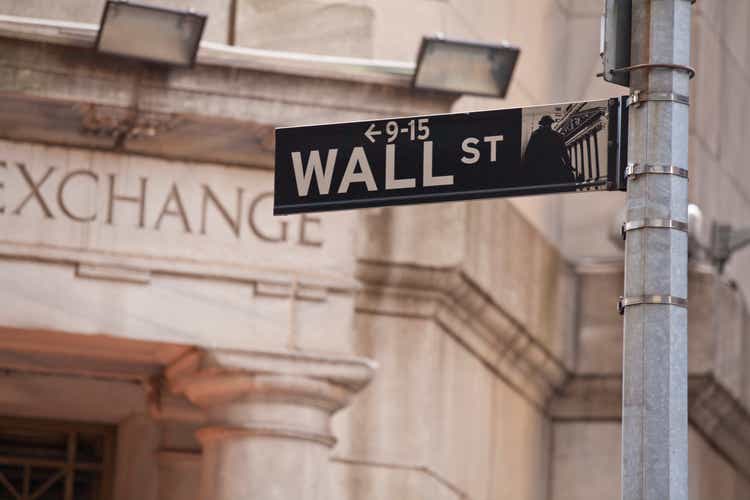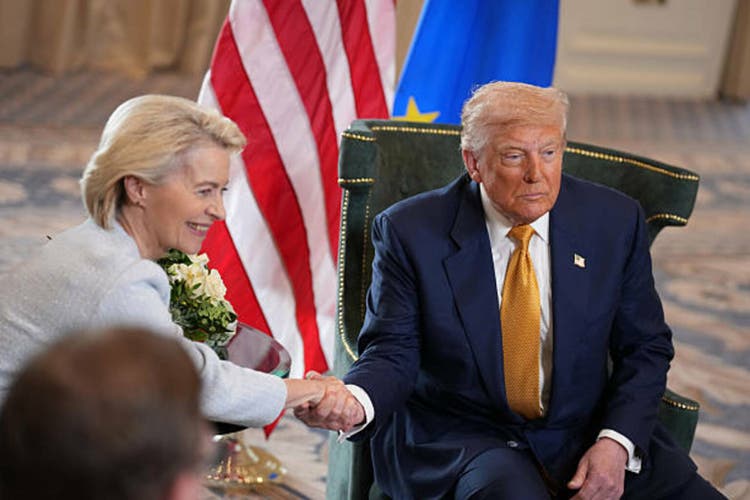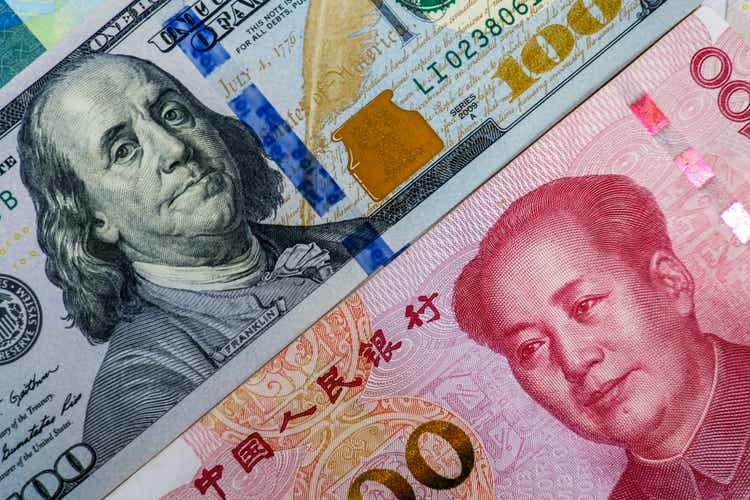- Foreign investors returned to U.S. stocks and bonds in force in May, just a month after retreating in the wake of President Donald Trump’s unexpectedly aggressive tariffs. New data show record net inflows, as the highest tariff rates were on hold to allow breathing room for trade talks. U.S. stocks have since retaken record highs, though bond yields remain elevated.
Just as American consumers have demonstrated extraordinary resilience amid President Donald Trump’s tariffs, foreign investors apparently have a strong stomach for market chaos.
The most recent data from the Treasury Department shows that foreigners plowed a net $311.1 billion into U.S. securities in May, a record high, after pulling out $14.2 billion in April.
“All this is notable because so many commentators prophesied the end of US ‘exceptionalism’ after the turbulence of recent months,” Robin Brooks, a senior fellow at the Brookings Institution, wrote Wednesday in a post titled “US exceptionalism roars back” on his Substack. “The reality is that markets are far more accepting of all the ups and downs than people realize. US ‘exceptionalism’ is alive and well.”
Meanwhile, for the 12 months through May, net foreign inflows neared their all-time high from July 2023, when they topped $1.4 trillion to mark the peak of the American exceptionalism narrative in markets, he added.
The rebound in May signals a stunning turnaround from April, as Wall Street feared the end of U.S. supremacy in the global economy and markets.
In the immediate aftermath of “Liberation Day,” the S&P 500 flirted with a bear market, crashing nearly 20% from its prior high while the Nasdaq passed that threshold.
The 10-year Treasury yield initially plunged but then soared more than 70 basis points in just days as investors worried top U.S. debt holders would dump their holdings.
But a month later, the opposite happened.
“The hurdle for the US to experience genuine capital flight is high and certainly wasn’t breached in April,” Brooks wrote.
To be sure, the 10-year yield remains above its pre-Liberation Day level, and the dollar has suffered its worst first half in more than 50 years.
And while the S&P 500 and Nasdaq have retaken their prior records and continue to charge even higher, stock indexes in Europe and China are still outperforming U.S. rivals.
Meanwhile, talks with Japan and trade partners have cemented tariffs rates that are higher than the initial 10% baseline. Negotiations with other countries are still ongoing, and failure to reach a deal could send tariff rates even higher.
Nevertheless, market veteran Ed Yardeni, president of Yardeni Research, was also heartened by the data showing record inflows into U.S. markets.
“So, we take comfort from the data that confirm that it is the bears on the outlook for a massive selloff in US bonds, US equities, and the US dollar who might be delusional, not us,” he wrote on Monday. “Our faith in the kindness of strangers has been validated by the latest Treasury data.
Just a few months ago, top names on Wall Street were sounding the alarm on Trump’s tariffs and their long-term repercussions.
Citadel founder and CEO Ken Griffin warned in April that the country was eroding its “brand,” explaining that from American culture to its financial and military strength, the U.S. is an aspiration for most of the world.
“On the financial markets, no brand can compare to the brand of the U.S. Treasuries… we put that brand at risk,” he said, adding that it takes a very long time to remove the tarnish on a brand.
In May, Mohamed El-Erian, chief economic advisor at Allianz, said the era of U.S. exceptionalism has “been put on pause.”
And last month, Deutsche Bank said America’s prized exceptionalism is the collateral damage of Trump’s tariff war.
“Our outlook argues that the structural foundations of U.S. exceptionalism—particularly the ability to finance itself cheaply via the dollar’s reserve status—have begun to erode,” economist Jim Reid wrote in a note. “So we remain structurally bearish on the dollar and expect U.S. term premia to keep rising.”
This story was originally featured on Fortune.com

 4 hours ago
1
4 hours ago
1






















 English (US) ·
English (US) ·